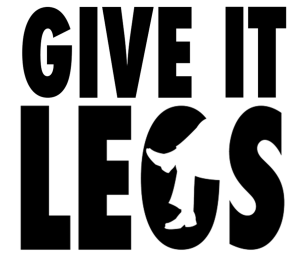
Written by Paige Dawson
What’s your story? Why do you exist? Why are you here?
Why are you better than AND different from every other option that exists?
And, can AND DO your employees, partners, and clients tell the same story?
♦ ♦ ♦ ♦ ♦
Last week I had the privilege to do one of my favorite things: Talk about how to create compelling messages for organizations. The good folks at Sagiss, a managed service provider, invited me to speak at their Sunrise Business Growth Series last week.
Storytelling and creating key messages are at the heart of what we do every day at MPD — whether it’s to support a website revamp, publicity campaign, sales nurture effort, or internal teambuilding.
At our multi-company, 45-minute seminar, we provided attendees with the high-level concepts and a game plan that each began right there with facilitated questions, group exercises, and handouts. For those of you who missed the event, I’ll share key takeaways and a download worksheet to use in your organization.
♦ ♦ ♦ ♦ ♦
Almost every marketing and communications person, agency, writer, or academic will have their version for creating value messages…and as you’d expect, the results can vary widely.
At MPD, we rely on an 8-step process to build out a story and a robust set of talking points for our clients that are truthful, supported, authentic, and consistent (and, anti-fluff). We’ve honed this approach and our toolkit for 17 years, and it’s become our secret sauce as a result.
As you work to create a story for your organization, I’d advocate looking both inside and outside your organization at several points along the way. The strongest stories are built from input internally across departments and levels as well as with candid feedback from clients, partners, and even former clients. A few key considerations:
When you think about it, most of your competitors do “about” the same thing you do or offer a product “fairly” similar. For most of us, the storytelling revolves around our purpose, our difference, or our why. The attendee handout I shared at the event provides 20 quick questions to get you started on your journey; certainly, it’s just a small sample but will get your ideas flowing as you think about your own story.
Just remember that your story must be: Truthful. Supported. Authentic. Consistent.
♦ ♦ ♦ ♦ ♦
Imagine with me that Steve Jobs is driving a Tesla with an octopus to embark on an Emirates flight. While it may seem an odd combination, it’s a visual representation of how we hone in on your story and brand.
In this case, the group is heading to Sagiss’ headquarters in Irving, Texas. Confused?
The attendees indulged me, and we used our breakfast host in a forced relationship exercise. You may well have done these in the past: “If you were a tree or animal, what would you be and why?” It’s age-old, proven, and still one of the most effective ways we help companies think outside the mainstream in explaining their values and difference.
So if Sagiss was a/an…
We look at about a dozen of these categories and conduct small group brainstorms within a company. It’s a great teambuilding exercise and gets people thinking about their business differently and inserts a unique personality to the storytelling in terms of written tone and visual images. Try it with your team at an upcoming meeting and see what you learn that’s new.

Now, it’s time to replicate your story, key messages, and examples throughout your business. Weave the personality and words into your website, email marketing, social media, brochures, speeches, videos, internal newsletters, you name it.
Have fun!
And, as always, if you’d like help on your journey, our MPD team would be honored to craft your story. We’d love to chat any time.